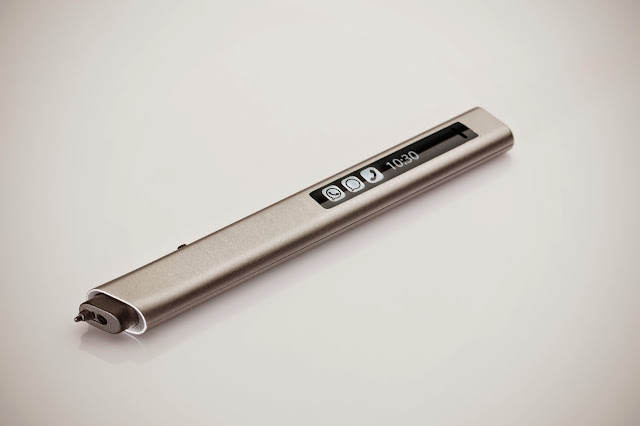UK based Reading Buses powered by cow manure broke previous land speed record of the bus.In UK normally buses run with speed limits of 56 mph.The bus is known as the "Bus Hound" that runs on biomethane compressed natural gas (CNG) reached a lap speed of 76.785 mph (123.57 km/h) around the test track at Bedford's Millbrook proving Ground.
The bus has potential to run on biomethane, a gas which is produced by a process called anaerobic digestion.In this process waste of animal breaks down to produced compressed biogas and then liquified to be used as the bus fuel.The liquified gas is stored in a various tanks that are fixed inside of the bus roof.
The Bus was painted with a white and black paint to look like a Friesian cow, which is common dairy cow in the UK.Chief engineer John Bickerton said, "It was an impressive sight as it swept by on the track.It sounded like a Vulcan bomber - the aerodynamics aren't designed for going 80mph."
The Bus gets its name by the British Bloodhound super-sonic car which targets to reach around 1,000 mph in 2016.
Labels:
Technology













































